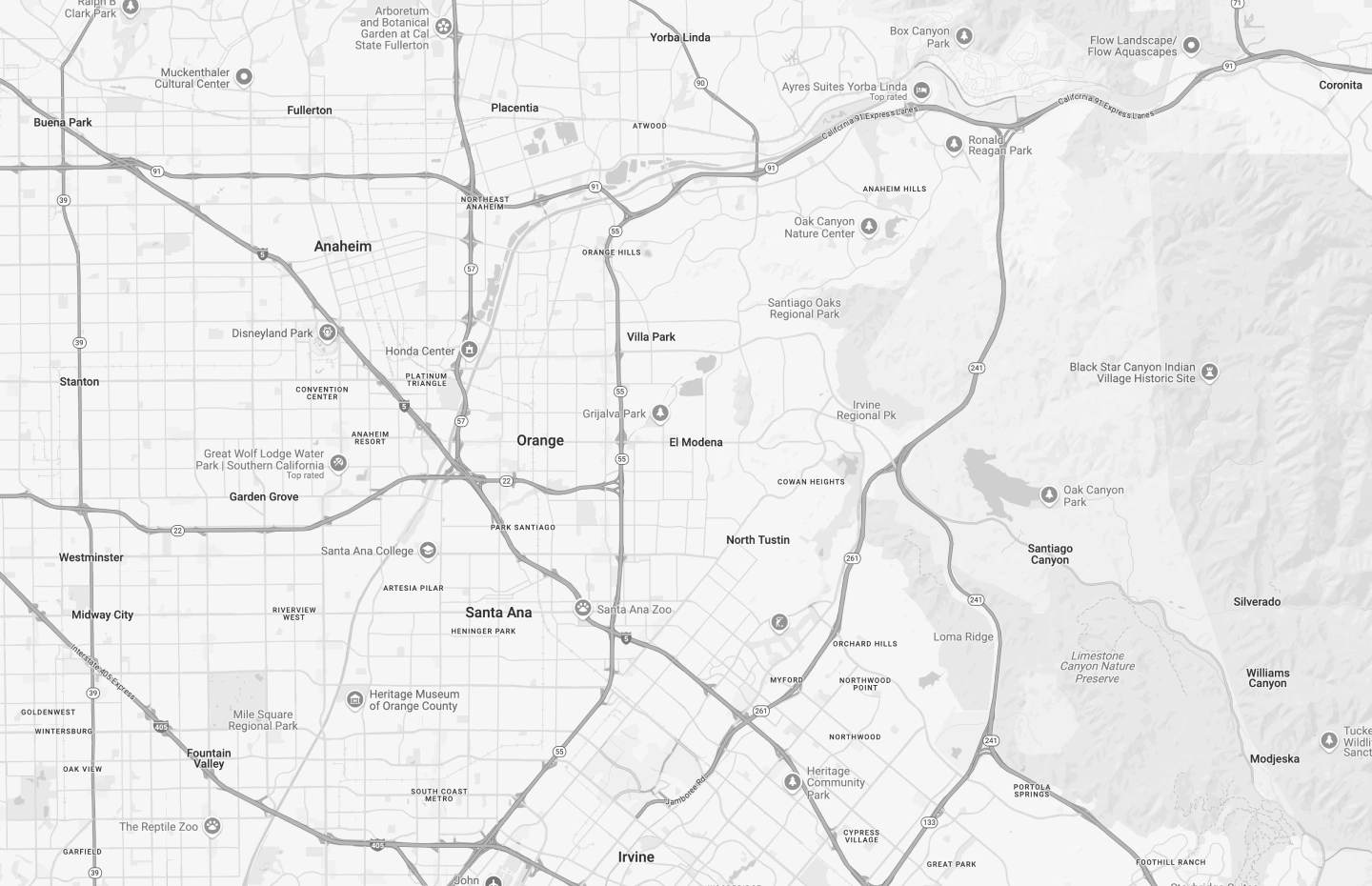Prostate Artery Embolization (PAE)
Living with an enlarged prostate can disrupt your daily life with frequent bathroom trips and uncomfortable urinary symptoms. At the Orange County Interventional Radiology Center, we offer prostate artery embolization (PAE) — a modern, minimally invasive treatment that can help reduce these bothersome symptoms without major surgery. Our experienced interventional radiologists use advanced imaging technology to provide effective treatment with minimal downtime.
Book Appointment




